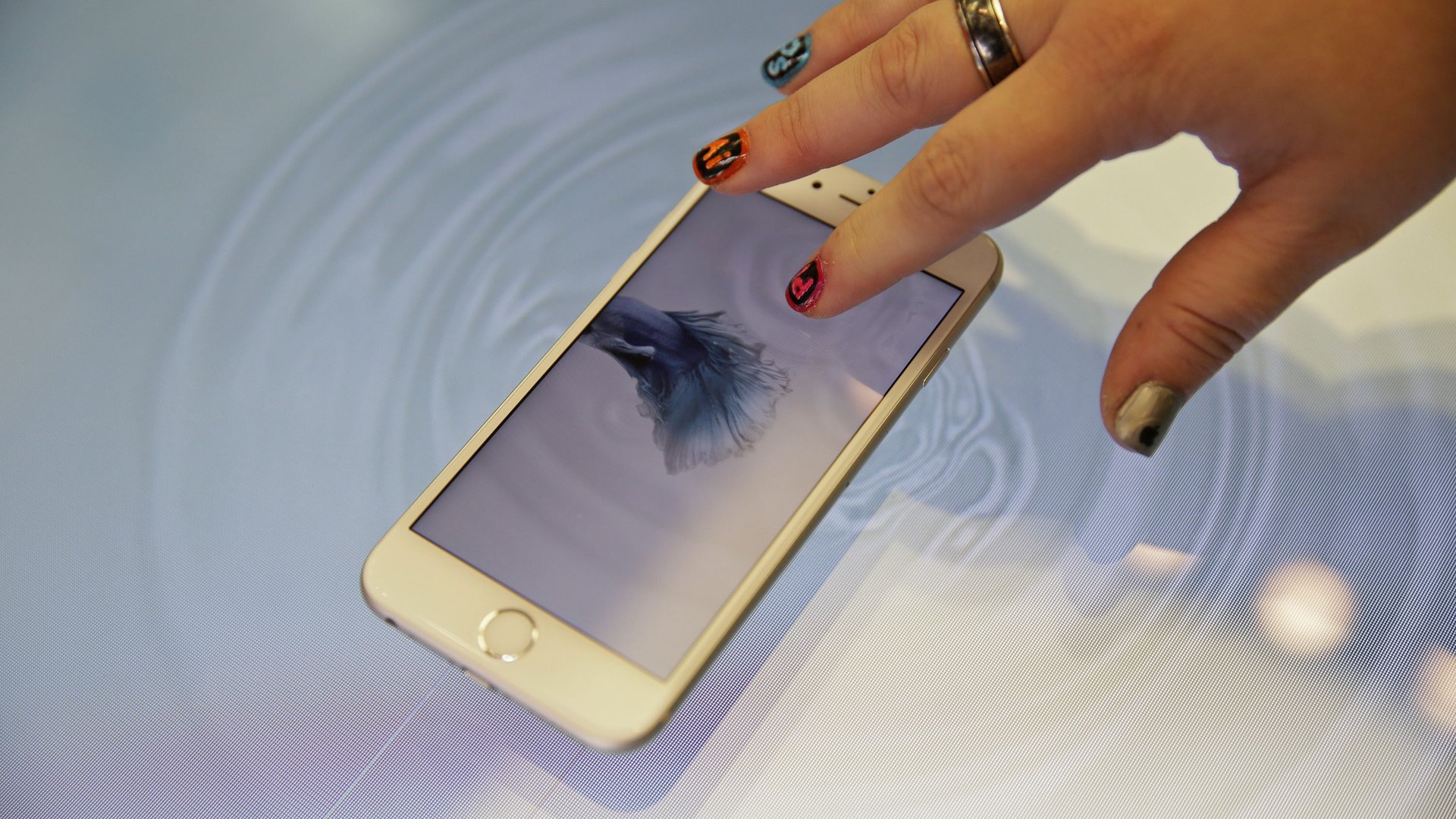Apple is overdoing a security check by bricking people’s iPhones and iPads
Apple is getting flak for a security check in recent iPhone and iPad models that can disable all use of a device when it has been fixed by a non-Apple-certified repair person. Repairs to the home button on an iPhone or iPad, or even screen replacement—a relatively common procedure—can trigger the appearance of an “Error 53” message and disable any further usage.


Apple is getting flak for a security check in recent iPhone and iPad models that can disable all use of a device when it has been fixed by a non-Apple-certified repair person. Repairs to the home button on an iPhone or iPad, or even screen replacement—a relatively common procedure—can trigger the appearance of an “Error 53” message and disable any further usage.
Apple says this error is the result of a security procedure that checks whether a Touch ID sensor in the home button—which enables fingerprint recognition—has been tampered with. “If iOS finds a mismatch, the check fails and Touch ID, including for Apple Pay use, is disabled,” Apple explained in a statement. “This security measure is necessary to protect your device and prevent a fraudulent Touch ID sensor from being used.”
The risk is apparently that someone could tamper with the home button and circumvent the fingerprint ID system for unlocking a device or paying with it. That is reasonable, as John Gruber points out on Daring Fireball. But displaying an error message and “bricking” the device—reducing it to the usefulness of a brick, in tech parlance—by requiring its owner to contact Apple Support to be able to use it further seems like overkill. As Gruber writes:
If the sensor can’t be trusted, clearly the whole phone should not be bricked—it should simply disable Touch ID and Apple Pay. And, obviously, it should inform the user why. Putting up an alert that just says “Error 53” is almost comically bad.
It’s unclear how many people this directly affects—the Guardian puts it at thousands, for what it’s worth.
But, for Apple, the controversy plays into broader consumer frustration about what it charges to service its devices, and the relatively limited options for repairing and upgrading them. Apple doesn’t make it easy for users to replace batteries in its devices as they age, for example, and unlike other smartphone makers doesn’t allow owners to upgrade their iPhones’ memories by buying cheap memory cards.